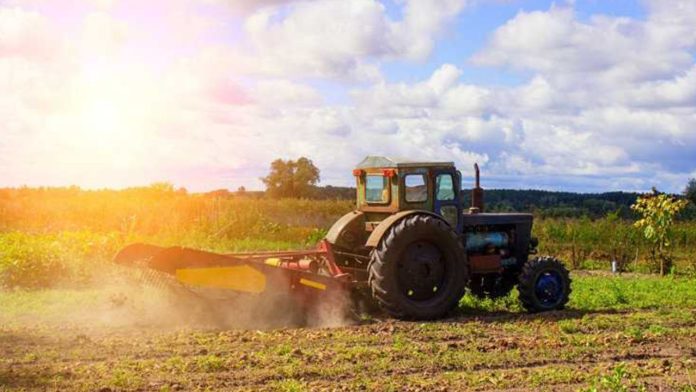In as much as road construction and maintenance are concerned, the efficiency of the milling machines is paramount. The efficiency of these machines significantly depends on the quality and appropriateness of their teeth. Milling machine teeth are used in cutting and grinding different surfaces hence the need to choose appropriate teeth when using the machine. Knowledge of selecting the right milling machine teeth is crucial in the efficiency, cost, and durability of the machinery.
Understanding Surface Conditions
It is a fact that various surface conditions call for different kinds of milling machine teeth for the best performance. The most frequent surfaces that are met in milling operations are asphalt, concrete, and mixed. All of these surfaces are different and require specific milling teeth to overcome the corresponding difficulties.
Asphalt Surfaces:
Asphalt is also less abrasive than concrete and therefore easier for milling. In the case of asphalt surfaces, the milling teeth should have a high impact strength and moderate wear strength. The type of teeth that are used most frequently in milling of asphalt is the tungsten carbide-tipped teeth since it can only cut through the relatively low abrasiveness of asphalts while at the same time retaining sharpness.
Concrete Surfaces
Concrete surfaces are much harder and more abrasive. For them, milling teeth must be extremely wear-resistant and tough. These teeth can withstand the abrasive nature of concrete surfaces hence increasing the service time and minimizing the number of replacements required.
Mixed Surfaces
Sometimes milling operations may be on surfaces that are a mix of asphalt and concrete. For these mixed surfaces it is therefore important to use milling teeth that can work well on both materials. As far as the teeth are concerned, the ones with a balanced design, which provide both, impact strength and wear strength, are suitable for mixed surfaces. This helps in achieving an even performance regardless of the type of surface that the vehicle is operating on.
Elements to Look at When Choosing Milling Teeth
When selecting the right milling machine teeth, several factors should be taken into account:
- Material Composition: The properties of the teeth such as the type and quantity of tungsten carbide determine the type of surface that can be worked on.
- Teeth Geometry: The geometry and architecture of teeth determine their ability to cut and the rate of their degradation. Sharp angles are ideal for softer surfaces such as asphalt. The rounded angles are ideal for harder surfaces such as concrete.
- Machine Compatibility: Always make sure that the milling teeth you are using are suitable for the make and model of the milling machine that you are using. This makes sure that the fitment is correct and offers the best performance that it can offer.
- Operational Requirements: One should consider the depth of cut, the speed at which the milling is to be done, and the finish that the user wants to achieve. These factors will dictate the selection of teeth since some are suitable for light cuts and high speeds and those are suitable for heavy cuts and slow speeds.
Conclusion
The type of milling machine teeth to be used in the milling process depends on the surface to be milled to ensure efficient milling operations at minimum cost. Based on the nature of asphalt, concrete, and mixed surfaces, and having considered the composition of teeth, the geometry of teeth, and the compatibility of teeth with the machines, operators should be in a position to make the right decisions regarding the right teeth to use. By using the right milling teeth not only the performance of the machine but also the quality of the road construction and maintenance projects can be enhanced.










